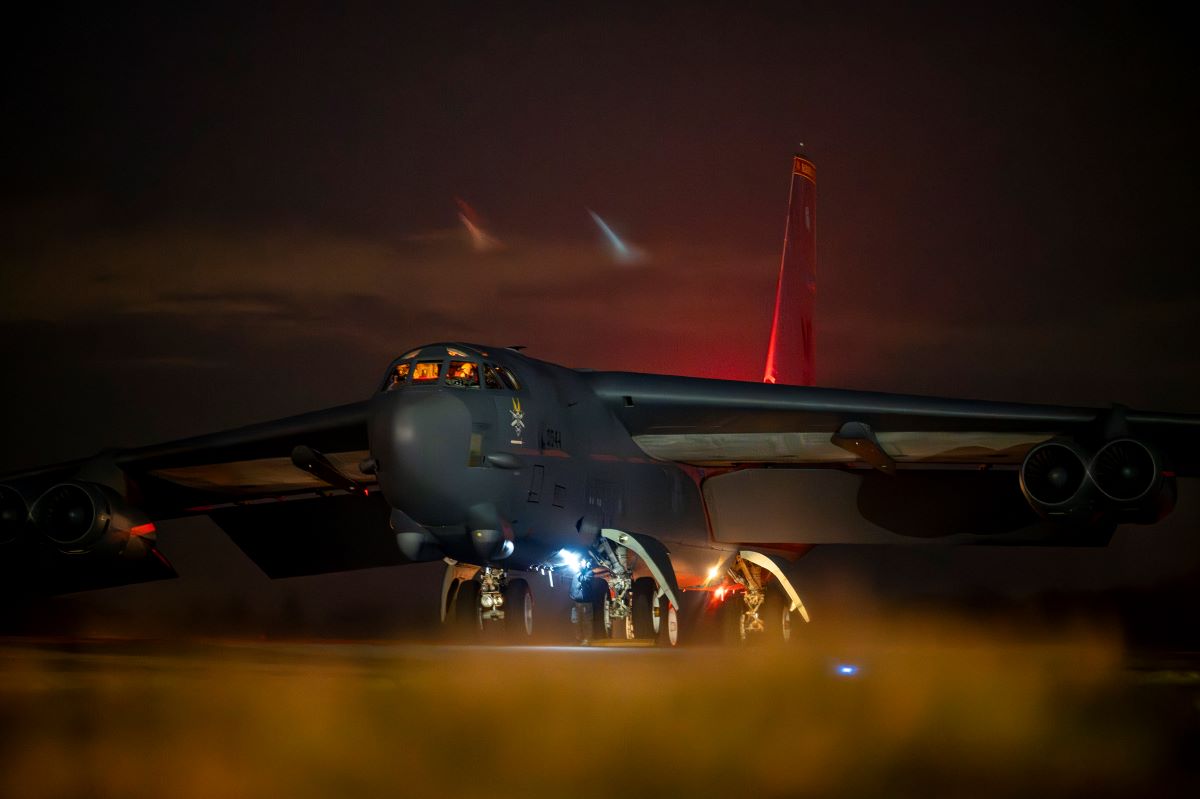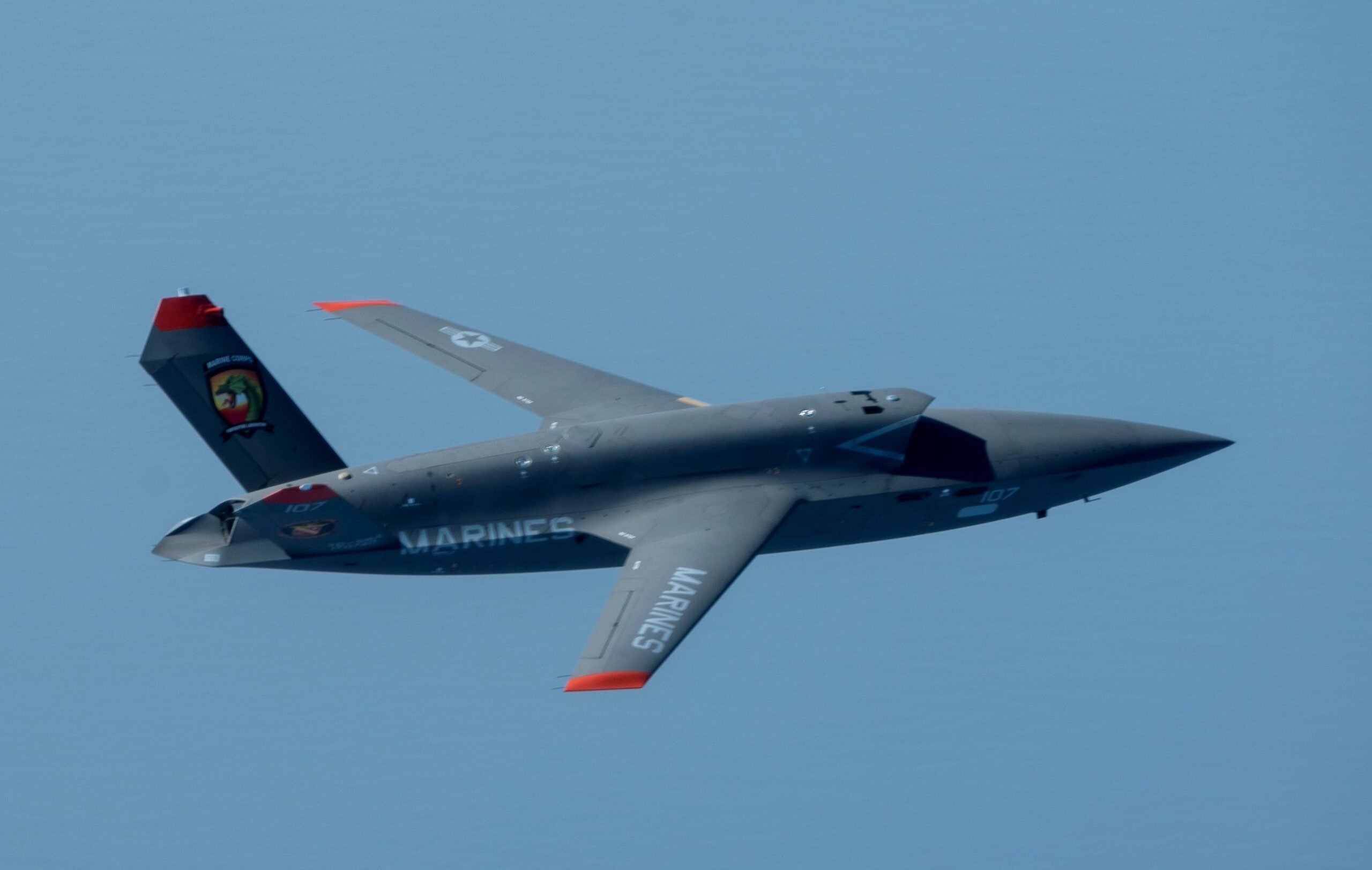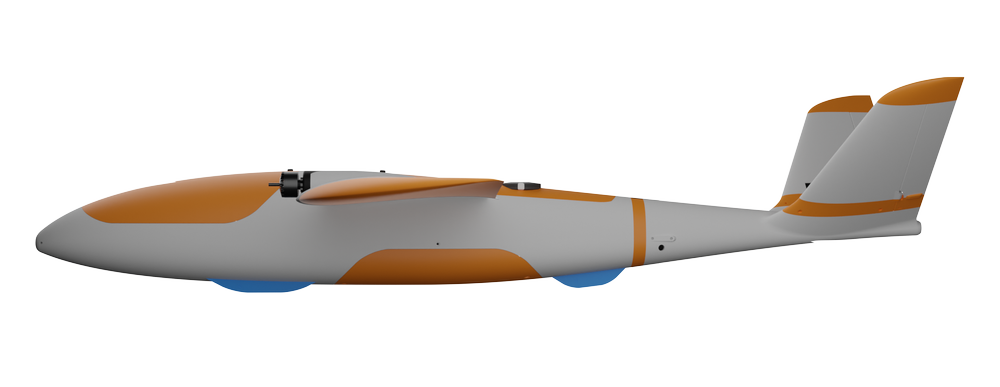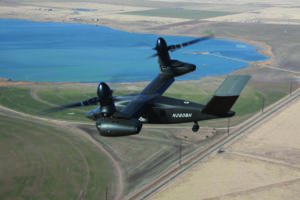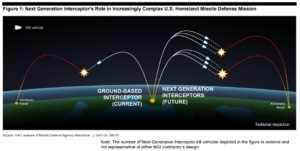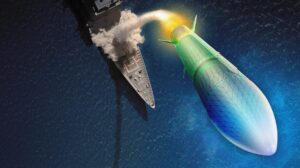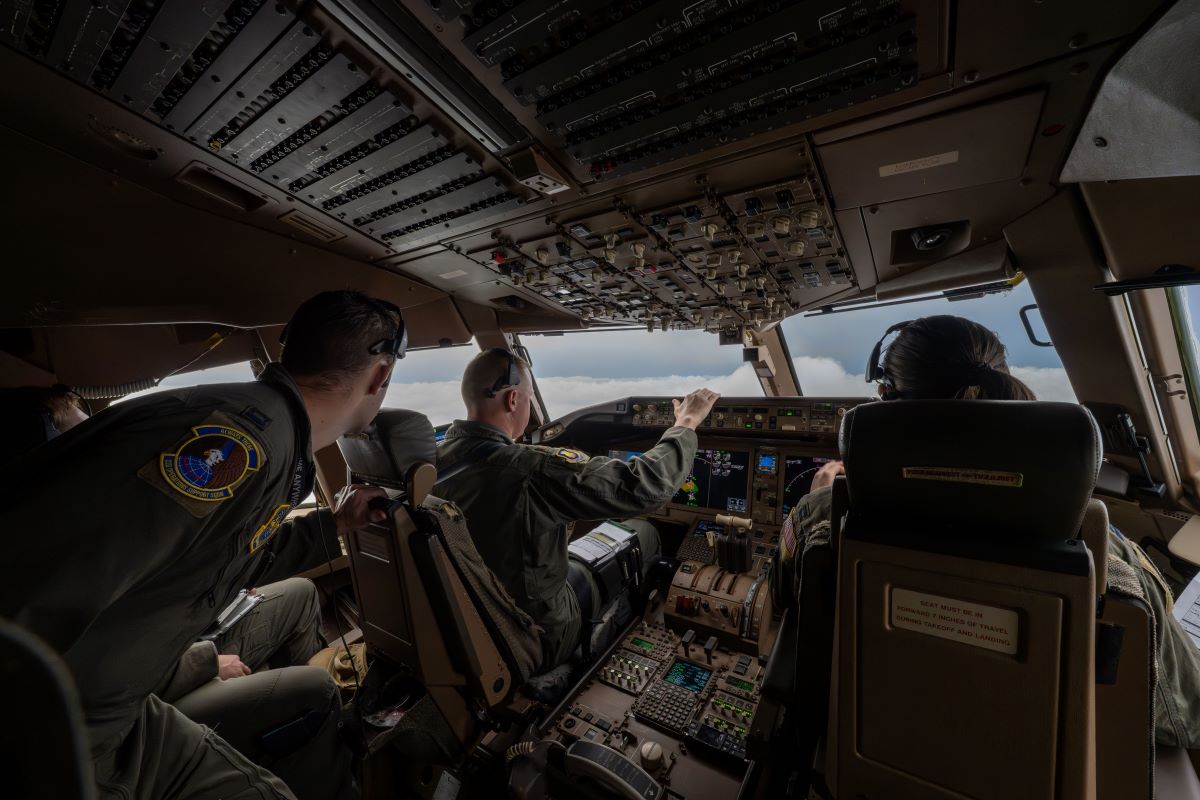The U.S. Air Force said on Thursday that the program executive officer (PEO) for bombers at the Air Force Life Cycle Management Center at Wright-Patterson AFB, Ohio submitted a program deviation report (PDR) on the B-52 Radar Modernization Program (RMP) to the service’s acquisition executive on Apr. 11.
“The Air Force is assessing the cost and schedule growth on the program and initial review of the PDR indicates it will be a significant cost breach,” the Air Force said on Thursday. “Per 10 USC §2433, a significant breach is the lower threshold and is intended to notify Congress a program is experiencing significant unit cost growth relative to its baseline. The next step in the process is for the Secretary of the Air Force to provide the formal notification to Congress prior to 24 May.”
On Jan. 28, AFLCMC said that Air Force Gen. Duke Richardson, the head of Air Force Materiel Command, had named Joseph Peloquin, the deputy PEO for bombers, as the acting PEO after Richardson relieved Brig. Gen. Erik Quigley “following an internal investigation which revealed inappropriate personal relationships.”
One of Peloquin’s prior positions was as senior adviser for Air Force positioning, navigation, and timing, and his Air Force acquisition and contracts experience dates back to 1989, according to his LinkedIn bio.
Darlene Costello is the acting Air Force acquisition chief. The Trump administration still has not nominated a replacement for Andrew Hunter, who was the head of Air Force acquisition during the Biden administration. Troy Meink is awaiting Senate confirmation as the new Air Force secretary, and Gary Ashworth is the acting secretary.
Unit costs for B-52 RMP have increased to 15 percent over the baseline–a status that represents a significant Nunn-McCurdy breach (Defense Daily, May 7).
Costello told a congressional hearing on Wednesday that she believes the program will not surpass the 25 percent “critical” Nunn-McCurdy unit cost threshold.
“I am pretty confident in this, which is why we have decided to continue with the program,” Costello testified. “We believe we can find an affordable way forward to deliver the needed capability. We conducted an affordability review when we first got the information about the pricing coming in higher than we expected. We’ve refined the requirements down to a minimum viable product of what [Air Force] Global Strike [Command] really needs this to do, as opposed to possibly other items. That doesn’t mean we can’t bring in capability later, but for now we’re focusing on getting this capability to the warfighter because it’s needed.”
“We don’t believe it’s gonna be a critical Nunn-McCurdy,” she testified. “We don’t believe we’re close to having a critical Nunn-McCurdy, but we are beyond the significant threshold, and we’re working through the process to inform the Congress of that.”
Last July, Air Force officials said that RMP was abutting a significant cost breach and that the PEO for bombers was re-examining requirements that may be operationally irrelevant or too restrictive–requirements like the level of fidelity for the new radome and the number of hours required for B-52 “cold starts.”
The Air Force has said that RMP for the 76 B-52Hs is to include a new, active electronically scanned array (AESA) radar based on RTX‘s [RTX] APG-79; a new, wide-band radome by L3Harris Technologies [LHX] on the aircraft’s nose; two L3Harris 8 x 20 inch high definition displays for the radar navigator and the navigator; two new, hand controllers by California-based Mason Controls; and new display sensor system processors by L3Harris to interface between the radar and other B-52 systems.
